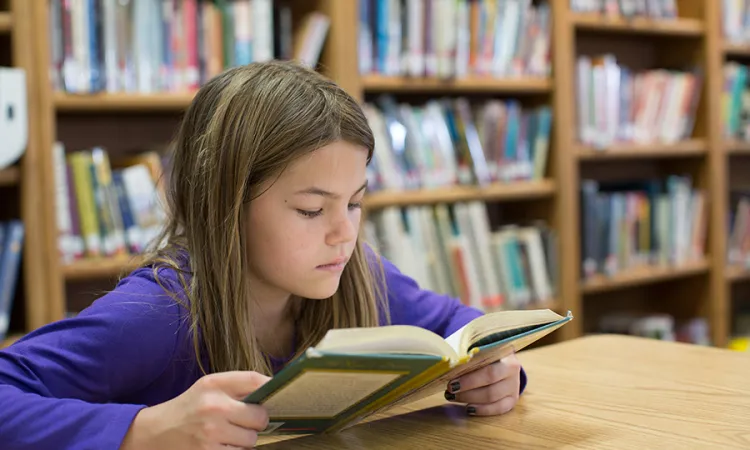Dec 3, 2020
A little over two centuries ago – in 1810, to be precise – a brave, devout woman named Elizabeth Ann Seton launched two tiny schools, an academy and a free school. The site was a former farmhouse in rural Maryland that also housed the first members of her newly founded American branch of the Daughters of Charity.
Virtually unnoticed at the time, that event is now regarded as the start of the parochial school system in the United States. But celebrations of this 210th anniversary, if any there be, can only be muted, not to say filled with anxiety. For the once mighty Catholic school system is now in a state of decline, with no end in sight.
The start of this pandemic-ridden school year was further darkened by the news that some 150 Catholic schools across the country had closed for good. Such closings are hardly new – Catholic schools have been closing for years – but this number of closings was substantially higher than usual and a troubling sign of what may lie ahead.
As to that, consider these numbers (the source is CARA – the Center for Applied Research in the Apostolate). In 1970, there were more than 9,000 Catholic elementary schools in the U.S. enrolling some 3.4 million students; last year there were just over 5,000 schools with 1.2 million students. The picture is the same at the secondary level: in 1970, nearly 2,000 schools with over a million students, compared with 1,200 schools and 556,000 students last year.


